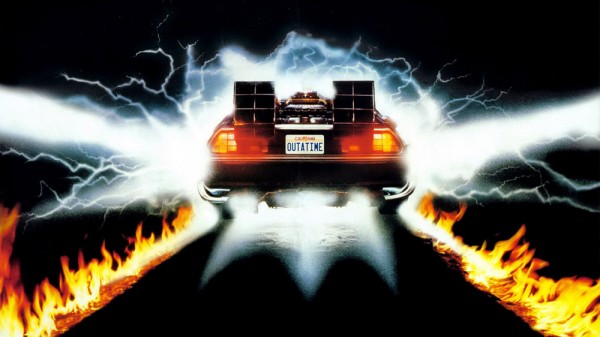All drivers have an eye on the future.
We all naturally spend a lot of time looking at other cars – the motor in front, the car parked on next door’s drive, the vehicle parked a little too close in the multi-storey – so we’re exposed to the full range of cars on the market. And, where the luxury market leads, others follow.
But, given the rate of change in the technology in our cars, where will the future take us? What cars will we see on the roads around us in 15 years’ time, in 2030.
The future is automated
You can’t ignore the rush towards autonomous vehicles. It’s a trajectory we’re already following. Let’s face it, we’ve already got in-built navigational systems, sensors that stop us getting too close to the car in front, Bluetooth-linked media controls and parking assistance.
Lauren Isaac, manager of sustainable transportation at the engineering consultancy WSP Parsons Brinkerhoff, said this drip feed of new technology is helping us to change our attitudes to driving gradually. She told The Independent: “Most of the advances in automated vehicle technology that we are seeing are incremental, allowing consumers more time to let go of control. Cruise control, self-parking and lane-changing safety-warning technologies are now common, and there are more on the way.”
By 2030 we’ll look back on these things as being the very basic building blocks that led us along the path to autonomous vehicles.
But, how soon will cars actually take over the process of driving?
The website Driverless Future has tracked the predictions of the various manufacturers working on driverless technology. While the dates for each vary, there is a clear cluster around 2020 and it seems inconceivable that there won’t be at least some form of autonomous vehicle on the road in some form by then.
Transition period
The website does also point out that the Institute of Electrical and Electronics Engineers (IEEE) reckons 75% of all vehicles will be autonomous by 2040.
So, if we take 2020 as a rough starting point, and look to 2040 as being a time by which 75% of vehicles are driverless then 2030 will clearly still be the early stages of the revolution on our roads.
Luxury leads the way
Luxury high-end brands often deliver things that the mass market cannot afford early so why should it be any different in the driverless market? It’s likely that the high end market will, by 2030, be able to deliver a decent range of vehicles that require no driver.
If this is the case then attention will turn to the non-driving aspects of cars. If we no longer have to steer, press pedals and check mirrors then manufacturers can focus on delivering comfort and style. They can make space within our vehicles for even more comfortable seating and the finer things in life, the sorts of luxury accessories we might get for our homes from How To Spend It. The sorts of furnishings in first class flights, for example, now could easily be standard vehicle fittings by 2030.
As an educated guess you’d have to say that the future of motoring is driverless, certainly in some form by 2030. That means, for luxury brands, the attention turns to the non-driving aspects of a vehicle and what can be done with these to make the travel experience as comfortable as possible.
[This is a sponsored post.]

